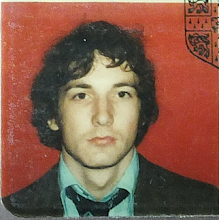Lawson's A History of the Uniforms of the British Army From The Beginnings To 1760 Volume 1 lists the entries in the Wardrobe Accounts which mostly involve the Guards regiments. This is my depiction of three of the colours of the 1st Foot Guards 1703.
They fought in many of the major actions of the War of the Spanish Succession; the Schellenberg, Blenheim, Ramillies, Oudenarde and Malplaquet as well as in Spain, including the battle of Almansa. A detailed account of the regiment can be found on Kronoskaf here: https://kronoskaf.com/wss/index.php?title=1st_Foot_Guards so with limited time and energy at the moment I feel there is not a lot of point my spending time writing my own and delaying posting the flag sheet! The basis of Kronoskaf's account is Hamilton, F. W.: The origin and history of the First or Grenadier Guards, London: John Murray, 1874 which can be found on archive.org: https://archive.org/search?query=The+origin+and+history+of+the+First+or+Grenadier+Guards.




































































